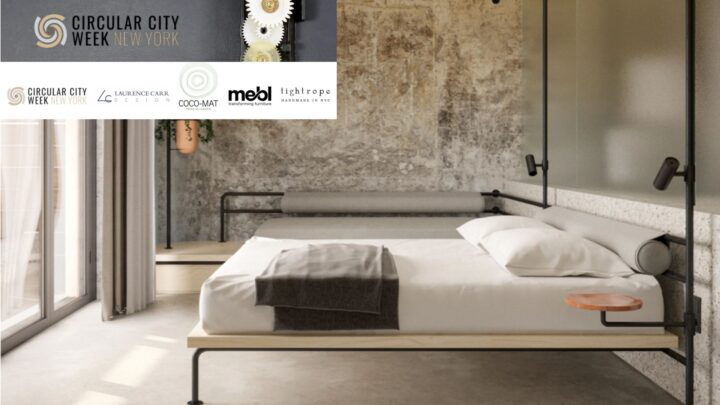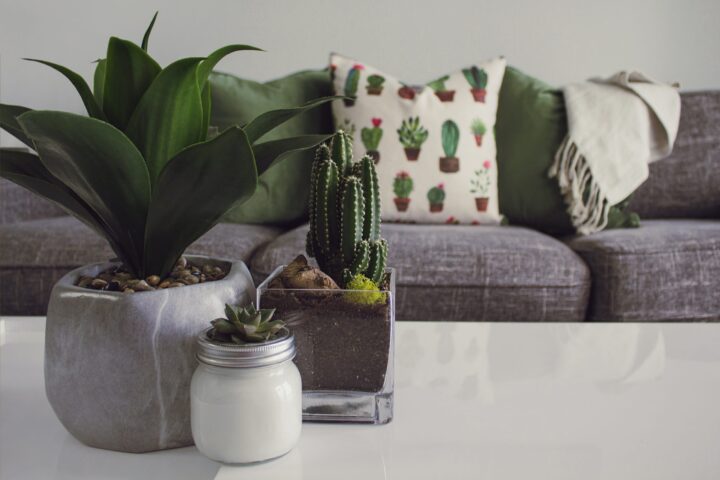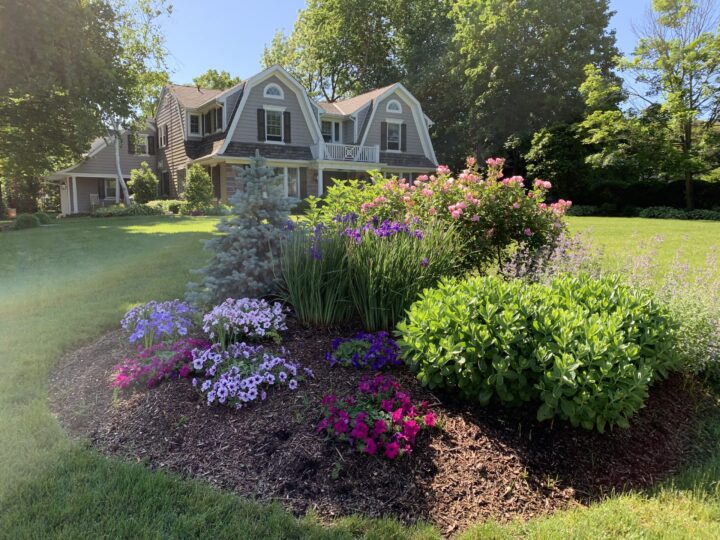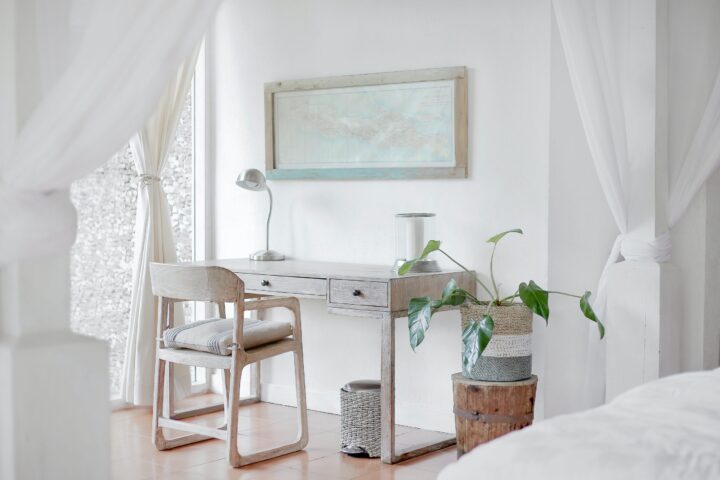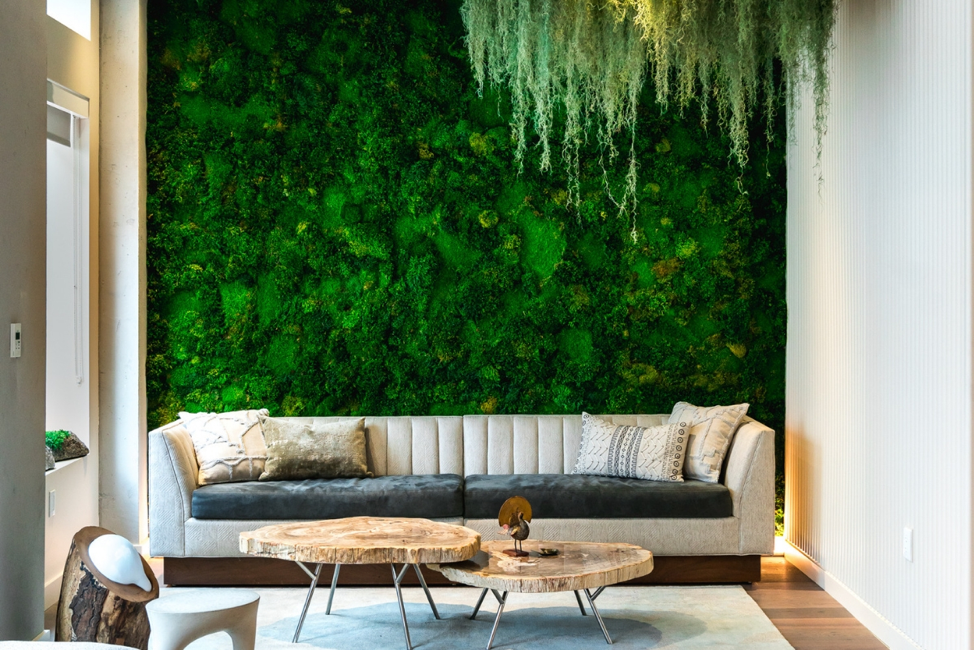
Due to global health circumstances, people are traveling less and, as offices and schools temporarily close, working or studying from home. Laurence Carr Design is writing a series of blogs to help you enjoy your time at home and, hopefully, have a bit of fun if you’re there with your kids, young or older, who may be returning home for spring (for the Northern Hemisphere) and fall (for the Southern Hemisphere).
Here in the U.S., speaking of spring, all across the country, and certainly in New York, in addition to trying to keep ourselves healthy, this week we are also thinking about the changing of seasons. As buds begin to swell on branches and the first signs of crocuses and daffodils push through the earth, we are called into a new moment of renewal and growth.
SPRING
This time of year always inspires us to refresh our personal space so that we may shake off any remnants of winter and stay well for the months ahead, a frame of mind that’s only heightened by the global health situation.
One of the best ways to support yourself and your immune system at home, regardless of season, is to focus on improving indoor air quality. Luckily, some of the most effective ways to do this are also the simplest and most elegant. By combining the natural purifying power of plants and the ingenuity of smart home devices, we can create at-home sanctuaries that lift our spirits as well as safeguard our health.
BIOPHILIA
It’s common to welcome the first weeks of spring by tending to outdoor gardens, but by spending time cultivating plants in our indoors spaces as well, we can celebrate spring while simultaneously priming our health. In fact, there may be no easier way to bolster your overall well being in your home than by simply bringing in some plants.
It’s long been common knowledge that plants can help to purify the air in our homes, since both their roots and leaves can absorb undesirable gases and volatile organic compounds (VOCs)—insidious chemicals that creep into our homes through our cleaning products, perfumes, and even our moisturizers. (Yet one more reminder at how important it is to read ingredient lists and buy clean, environmentally healthy products!)
Researchers have more recently discovered that even the simple act of touching and smelling plants can reduce physiological and psychological stress, as well as elevate mood. Potting soil itself is now thought to nourish those who work with it through “outdoorphins,” which release cytokines that act as natural antidepressants.
Even more incredible, though, is how live potted foliage and flowers can boost creative performance and cognitive skills. Some researchers say that potted plants help us heal more quickly from injuries and after surgery.
For all of these reasons and more, biophilia—which essentially means bringing plants into the home to blur the lines between indoor and outdoor spaces—has been trending in the interior design world for a number of years, and its popularity is only growing.
It’s easy to introduce more biophilia into your home, be it one a grand or small scale. Here are some of my favorite ways to bring more plant life into my own home, as well as those of my clients.

If you want to truly transform your home into a verdant oasis, you should consider bringing in a living wall. Plant the Future makes some of the most stunning living walls I’ve seen, in addition to many other biophilic pieces, which disintegrate the line between art and flora.
Plant the Future’s work shows impeccable alignment with the company’s ethos, combining plant life, architecture, and design to create environments that promote wellbeing. This correlates directly with Laurence Carr Design’s mission to achieve wellness and replenishment for our clients through the use of modern and ancient techniques, including biophilia.
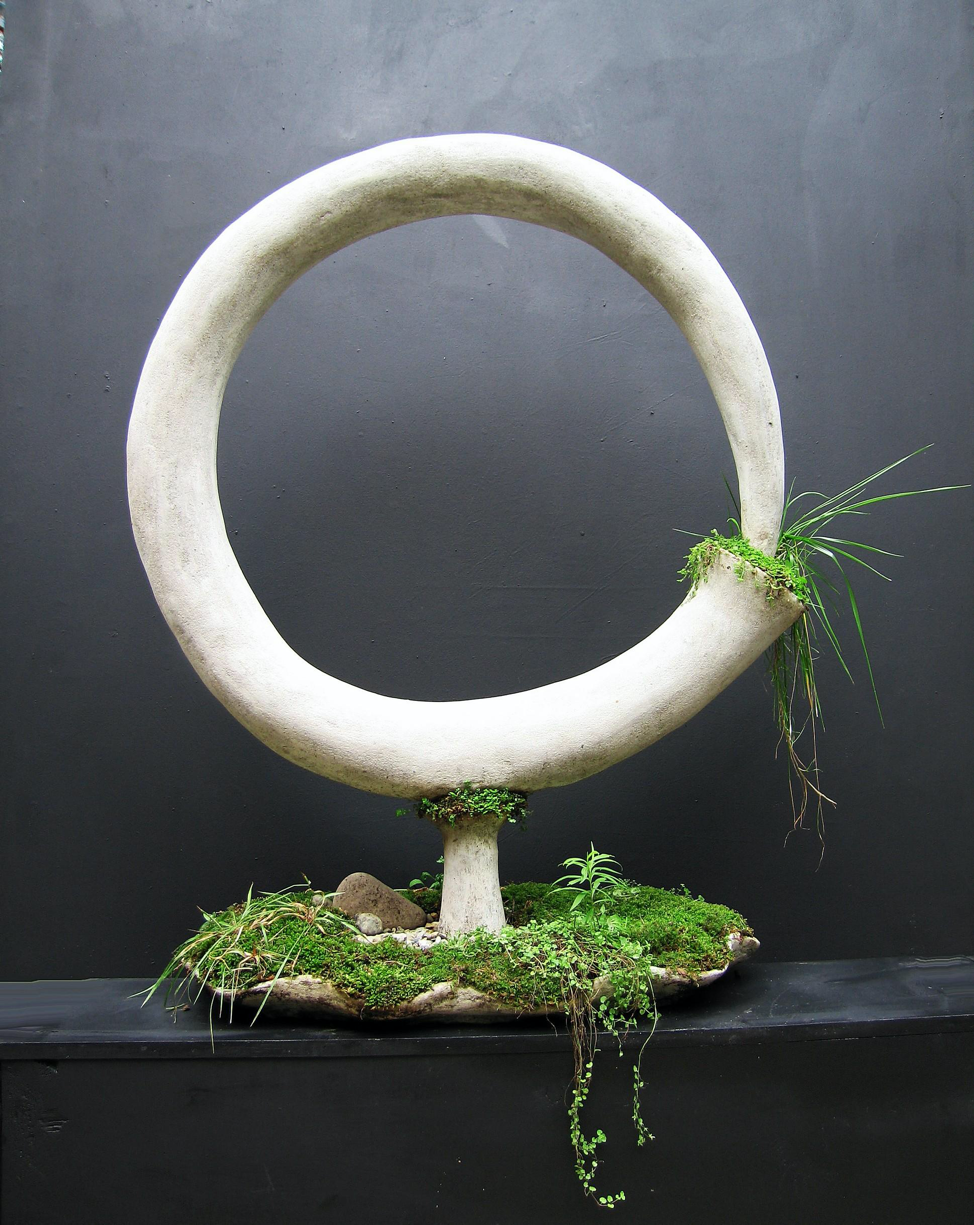
I also love the one-of-a-kind statues and sculptures from The Opiary, which add a modern, luxurious feel to any outdoor or indoor space.
But you don’t have to go large with biophilic design to see significant results. Any additional live greenery in your home can help to purify your air, and some common indoor plants are known for their superior air-cleansing abilities.
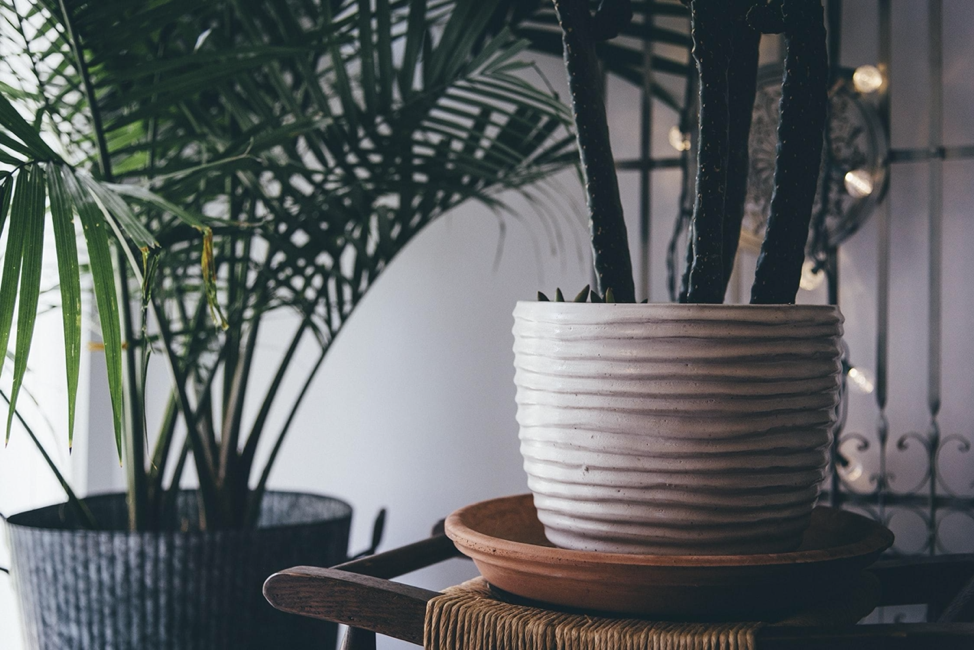
Bamboo palm and peace lilies are purification powerhouses that are as elegant as they are effective. Bamboo palm is known for its ability to remove benzene and formaldehyde from the air, and peace lilies also help to absorb toxic gases such as carbon monoxide. Mass cane plant, with vibrant foliage ranging from emerald greens to near-fluorescent yellows, is another sophisticated formaldehyde-fighting contender that can be grown as trees or indoor shrubs.
Ficus Fig, also identified as the “weeping fig,” is heralded for its ability to remove benzene, formaldehyde, and trichloroethylene from the air, all while showcasing some of the most saturated greens around.


Spider plant (despite its rather unpleasant moniker) is wonderful at eliminating xylene, a chemical found in many paints and varnishes, as well as the Boston fern, one of the popular indoor ferns grown in the U.S.
Tillandsias, which are more commonly known as “air plants,” are surprisingly better at filtering airborne particles than perhaps any other plant on earth—and are at once low-maintenance, modern, and terrifically chic.

You will of course know that aloe vera is used around the world for its medicinal properties, but a lesser-known fact is that it’s also an all-star at removing formaldehyde from your home.
Meanwhile, wax begonias, which bloom in white, pink, or red in the summer, are great at filtering out benzene pollutants as well as chemicals produced by toluene, a residual fluid that’s found in some adhesives and waxes (how appropriate, given its name).
SMART HOME TECHNOLOGY
Smart home technology is another fantastic way to combat indoor pollutants and care for your health. Many people still associate smart tech with novel luxury, but if used the right way, it can do wonders for both your physical and emotional health.
Increasingly common smart home technologies such as Amazon’s Alexa and Google Home can support you, free your mind of clutter, and make your life that much simpler. In this environment, you no longer have to remember to put butter, eggs, and fresh flowers on your grocery list. You simply ask your smart home assistant to do it for you.
This doesn’t only save you stress at home, but rids you of anxiety when you leave. One of my favorite things to advise high-anxiety clients to do is turn up the ambient temperature in their home to about 70 degrees, lower the lighting, and start playing some meditative music about 30 minutes before they enter. This guarantees entry into a serene, spa-like atmosphere.
As a holistic designer, I value advancements in technology that not only make life easier, but cleaner. Now, piles of lists and papers and mail have been replaced by sleek, clean objects that actually participate in your life.
One of my favorite pieces of smart technology is the sleek, modern portable air purifier Molekule. Designed to filter and destroy pollutants such as dust, dander, VOCs, bacteria, mold, viruses, and other allergens, at a molecular level, you can monitor and control Molekule right from your phone.
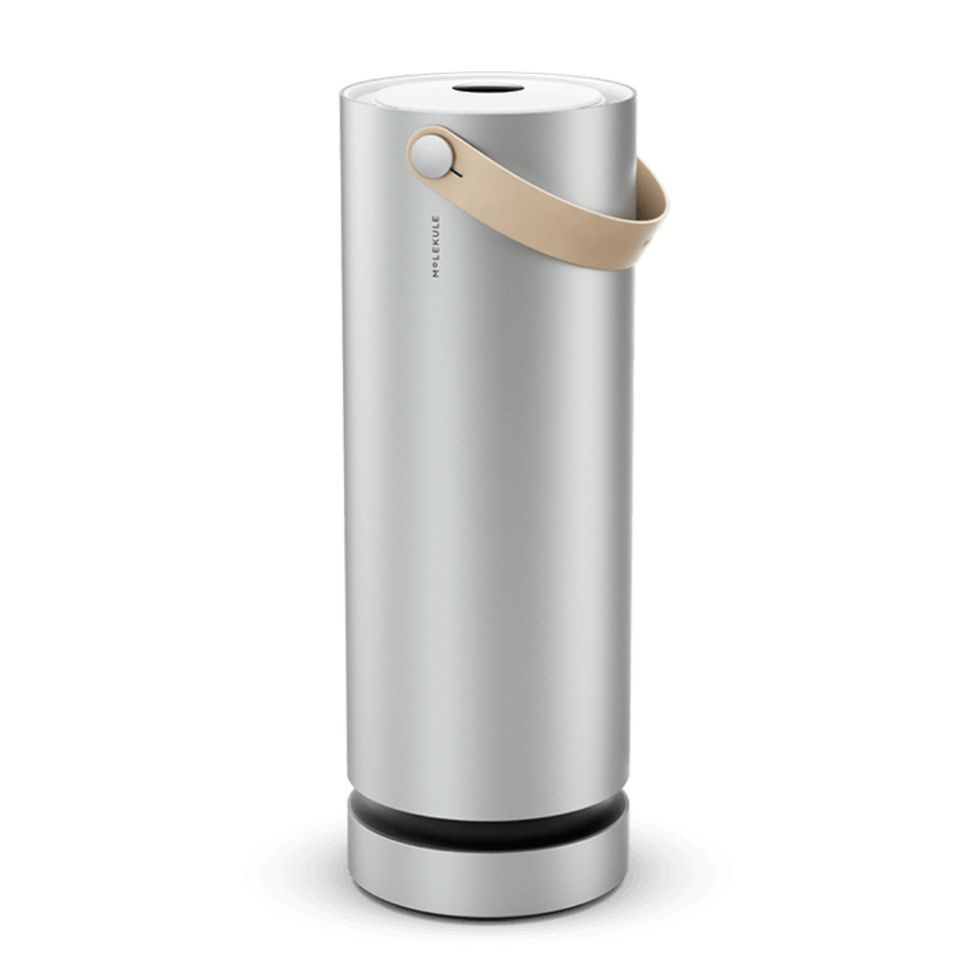
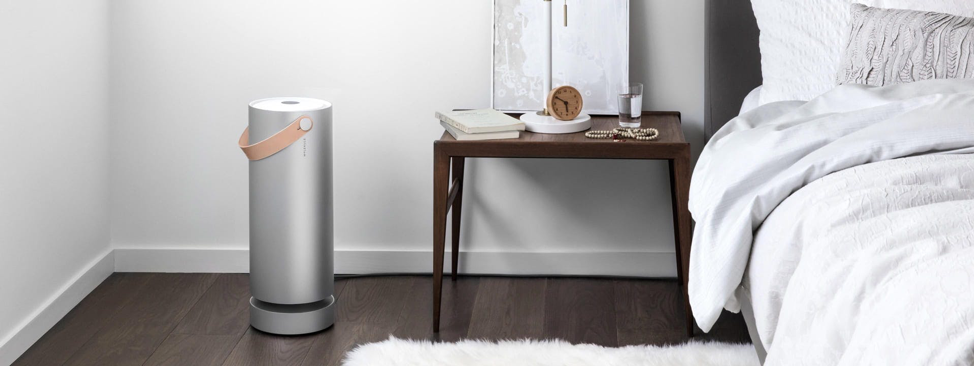
Improving air quality is one of the best things you can do for your health and your home. Whether you incorporate biophilia into your living space, embrace the benefits of smart technology, or both, you’re sure to feel refreshed and ready for a new season.
As smart technology becomes more widespread and we use more connected “accessories” in our homes, having so many different apps to manage all of them can become a burden. Aptly referred to as a “smart home ecosystem,” Control4’s OS works as a unifier, consolidating devices from across your entire home into a single screen, allowing you to instantly view the status of your security system, smart door locks, lights, and appliances at once, and take immediate control. The smart home technology company Savant is another excellent option.
Regardless of which system you choose, it’s worth looking into a smart home-integrated control hub to make your life that much simpler—which is, after all, the primary benefit of smart technology in the first place.
I hope these tips for biophilic elements and smart home integration will help ease you into the change of seasons and make you feel well and comfortable at home. Contact me at Laurence Carr Design here to get our online design services anywhere in the world.



